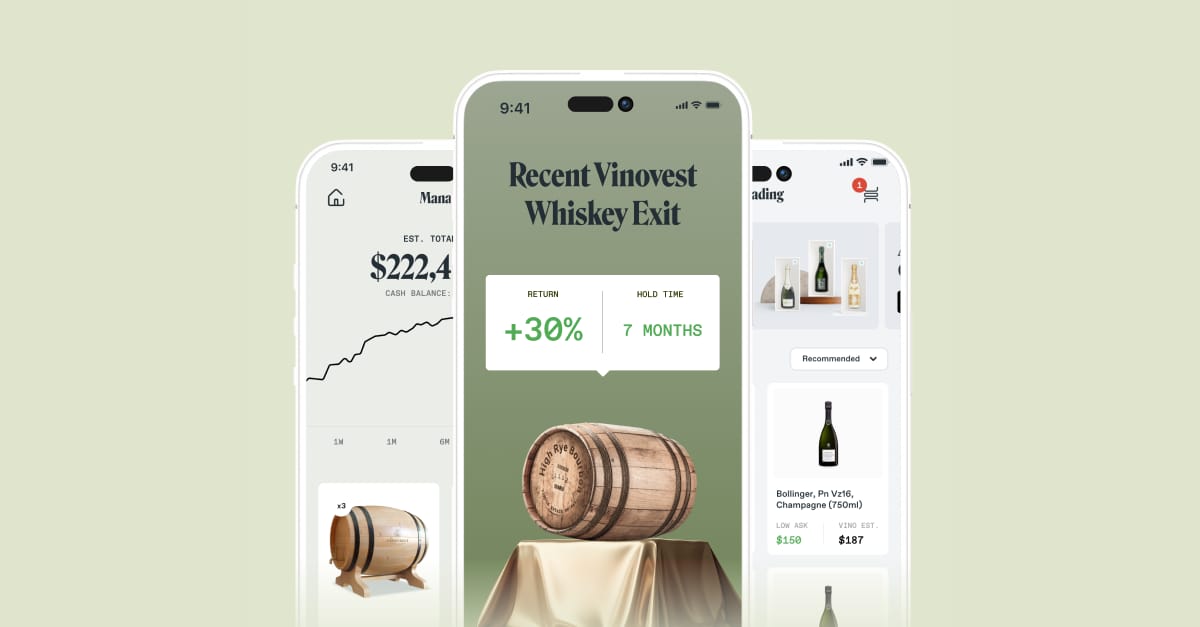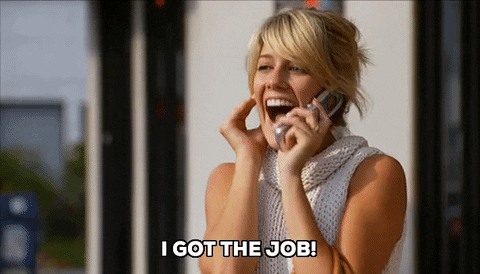Good morning 👋
OpenView unexpectedly shut its doors last week.
There are a lot of different stories floating around about why that happened.
We don’t know the answer, but we do have thoughts, and we break those down in this week’s piece.
If you think we’re right, wrong, or way wrong, let us know in the comments.
TL;DR:
NEWS
OpenView shakeup shocks the venture world 📉
The fund was one of the earliest advocates for product-led growth, it had previously backed companies like DataDog, Calendly, Jumpcloud, and UserTesting, and the news was surprising to most of us.
We’re not here to speculate what led to that decision, but some takeaways from this news can help others in the industry plan accordingly.
Why it matters:
The last decade taught investors that growing the pie equals better outcomes. The "pie” in this equation is the carried interest, and the “better outcomes” are large liquidation events.
When the money was flowing, funds would add new partners, share the carry, and grow equity positions (and AUM) by bringing more people around the table.
But what happens when those equations start to break?
We’re now over a year into a bear market with no end in sight. Dry capital markets mean smaller funds, longer fundraising cycles, and lower returns.
What does that all equate to? Lower fees and less carry to go around.
We think we’re at that part of the cycle, and OpenView will definitely not be the only fund to experience this dilemma.
What happens next:
If that becomes the new reality, we think a few things will happen.
Top performers will leave to start their own funds. If you are one of the top 10% performers at your fund and your work is bringing in the majority of the carry for the rest of the group, what’s stopping you from leaving and owning a larger percentage?
Founders will stop being reliant on one point of contact per fund. If founders want follow-on commitments, they have to diversify their relationships within the funds that commit to them. That might sound silly, but you don’t want to find yourself in a situation where you can’t get ahold of your cap table because your original sponsor has rolled off.
LPs will prioritize re-ups into funds that do not play the AUM game. We’ve said it before, and we’ll say it again: small funds outperform. It’s a lot easier to 5x a $20m fund than it is to 5x a $200m fund. Funds that stay small typically keep the same strategy with the same team, which means fewer new faces asking for their share of the pie.
TOGETHER WITH VINOVEST
Pouring Profits: Why whiskey as an asset class.
Invest Like the Greats — What do Thomas Jefferson, LeBron James, and the British royal family have in common? They all invested in wine and whiskey. And with good reason. According to Knight Frank, wine and whiskey have been two of the best-performing alternative assets of the last decade. See how Vinovest makes it easy to invest like the ultra wealthy today!
LINKS
📚 Beginnings of investor education: books every investor should read
💯 Rules to live by: Dru Riley’s rules on life and work
📖 20 key principles: mental models explained
📺 Media company masterclass: 10 tips from an expert
🧠 Why people start companies: the two core reasons
☄️ Lux Q3 LP Letter: How Lux is thinking about the world right now
💰 Fund budgeting 101: Streamline’s VC fund budget template
TWEET
Entrepreneurship is only risky if you don’t know what you’re doing. Great entrepreneurs kill risk.
JOBS
Finding your next role in venture 📌
Featured venture jobs
SevenVentures is looking for an associate in Munich
M12 is looking for a partner in SF
Equal Ventures is looking for an associate it NYC
Hitachi is looking for an analyst in SF
M13 is looking for a senior associate in SF
NFX is looking for a principal in SF
AirTree is looking for a head of platform in Sydney
REFER
Earn free stuff 🎁
You can get free gifts by telling your friends and family to sign up 👇

{{rp_personalized_text}}
Copy & paste this link: {{rp_refer_url}}
How'd we do this week?
Thanks for reading this far and giving us a little bit of your attention this week.
Feel free to unsubscribe whenever this stops becoming valuable to you.
- Clay and Tyler






